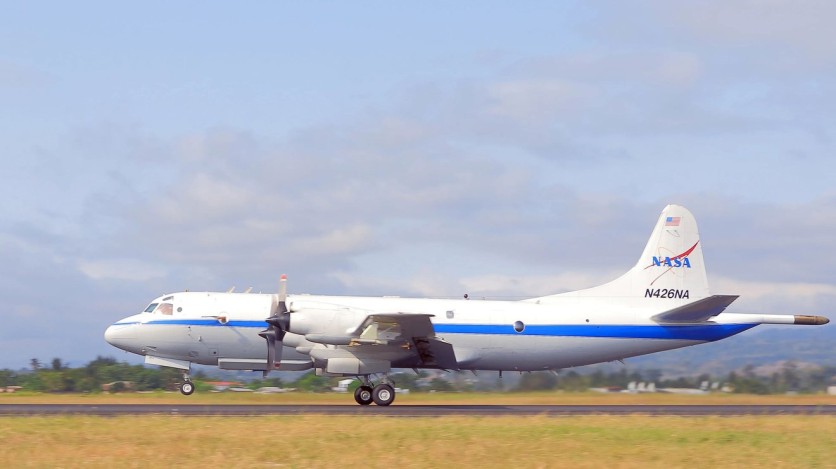NASA has launched a mission this summer to map air pollution over both US coasts. From June 17 to July 2, the space agency will deploy aircraft to collect data on air pollutants and greenhouse gas emissions in areas including Baltimore, Philadelphia, parts of Virginia, and California.
This effort is part of the NASA Student Airborne Research Program, which provides undergraduate interns with practical research experience.

NASA Will Map Air Pollution Over the US Coasts
The East Coast flights, conducted from June 17 to June 26, covered Baltimore, Philadelphia, and regions in Virginia, such as Norfolk, Hampton, Hopewell, and Richmond. These flights involved Dynamic Aviation's King Air B200 aircraft, which flies at a low altitude of 1,000 feet.
Simultaneously, a NASA P-3 aircraft from the space agency's Wallops Flight Facility in Virginia is also flying over these locations to gather additional measurements. From June 29 to July 2, the mission will map the skies of Los Angeles, the Imperial Valley, and the Tulare Basin in California.
The aircraft used in this mission will fly lower than most commercial planes, encompassing power plants, landfills, and urban areas and performing maneuvers such as vertical spirals from 1,000 to 10,000 feet.
They will also perform "missed approaches" at local airports, executing low-level flybys over runways to gather samples near the surface. These aircraft, equipped with sophisticated instruments, collect data on various greenhouse gases, including carbon dioxide and methane, as well as air pollutants like nitrogen dioxide, formaldehyde, and ozone.
TEMPO Mission
A key objective of this mission is to validate data collected by the TEMPO (Tropospheric Emissions: Monitoring of Pollution) mission.
TEMPO, deployed on a commercial satellite in April 2023, offers hourly daytime measurements of air pollutants around the US, northern Mexico, and southern Canada. NASA said that the mission seeks to generate data to guide policy decisions impacting air quality and climate in the targeted regions.
Glenn Wolfe, a research scientist and principal investigator for the campaign at NASA's Goddard Space Flight Center in Greenbelt, Maryland, emphasized the collected data's practical application, noting its potential influence on environmental policies. Dynamic Aviation, the company contracted by NASA, owns the B-200 aircraft used in this mission.
Read Also : ESA Scientists Use Meteorite Dust to Create 3D-Printed LEGO Bricks to Help Build Astronaut Shelters on Moon
NASA Student Airborne Research Program
The initiative also features an educational component through the NASA Student Airborne Research Program, an eight-week summer internship designed for rising senior undergraduates. Participants gain practical research experience using NASA's Airborne Science Program flying laboratories.
The NASA Airborne Science Program manages a fleet of aircraft dedicated to studying Earth system processes, calibrating and validating space-borne observations, and prototyping instruments for potential satellite missions.
Related Article : NASA's Hubble Space Telescope Captures 'Butterfly Nebula' In Stunning Motion | Fun Facts About This Beautiful Space Butterfly

ⓒ 2025 TECHTIMES.com All rights reserved. Do not reproduce without permission.




